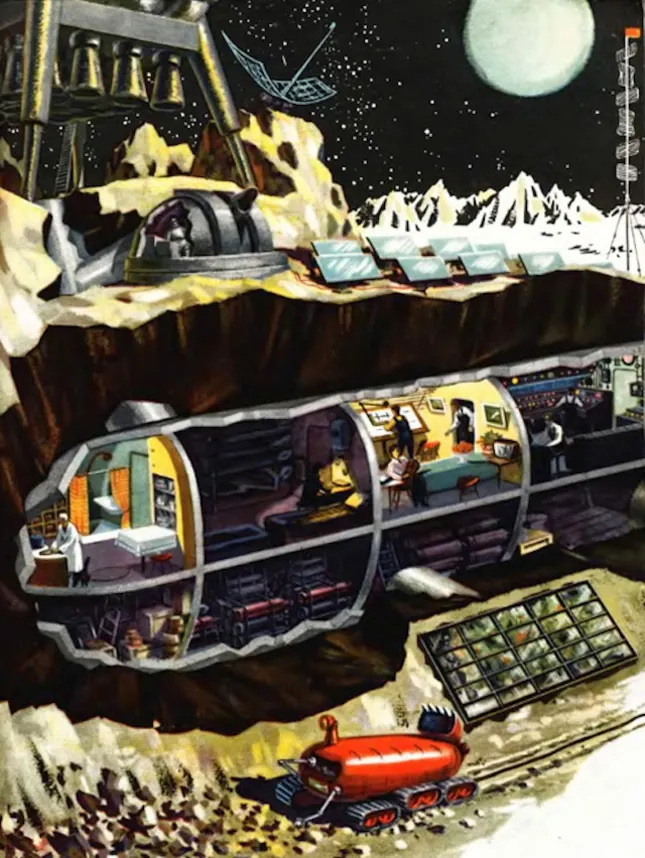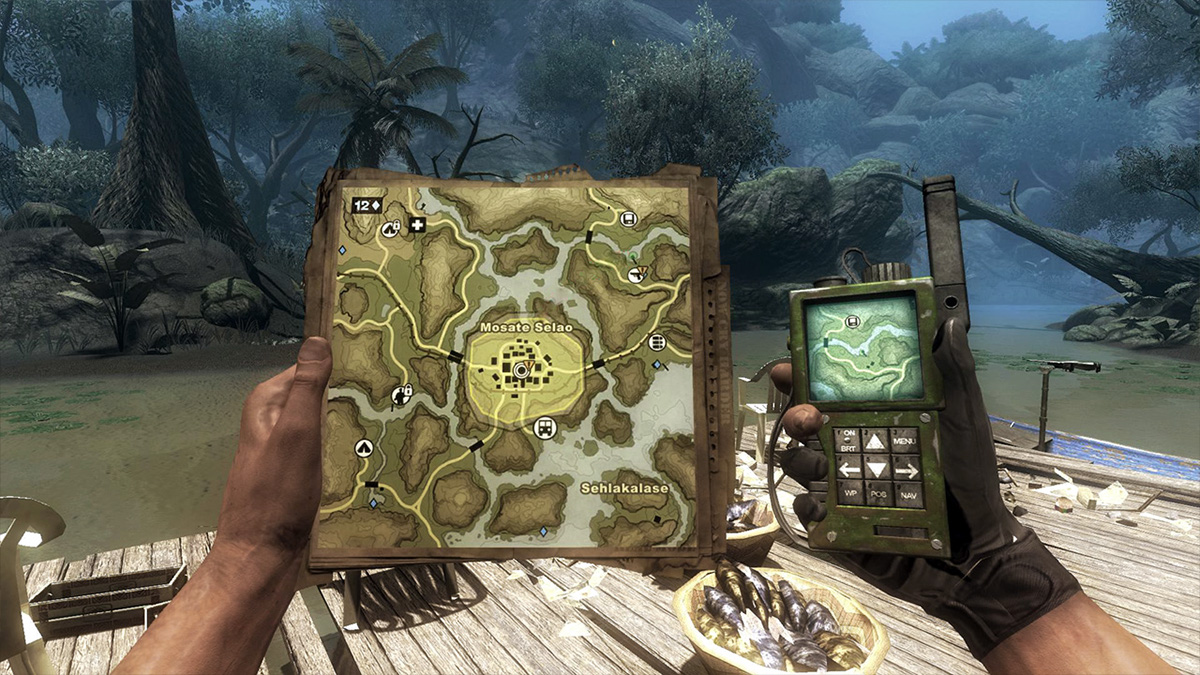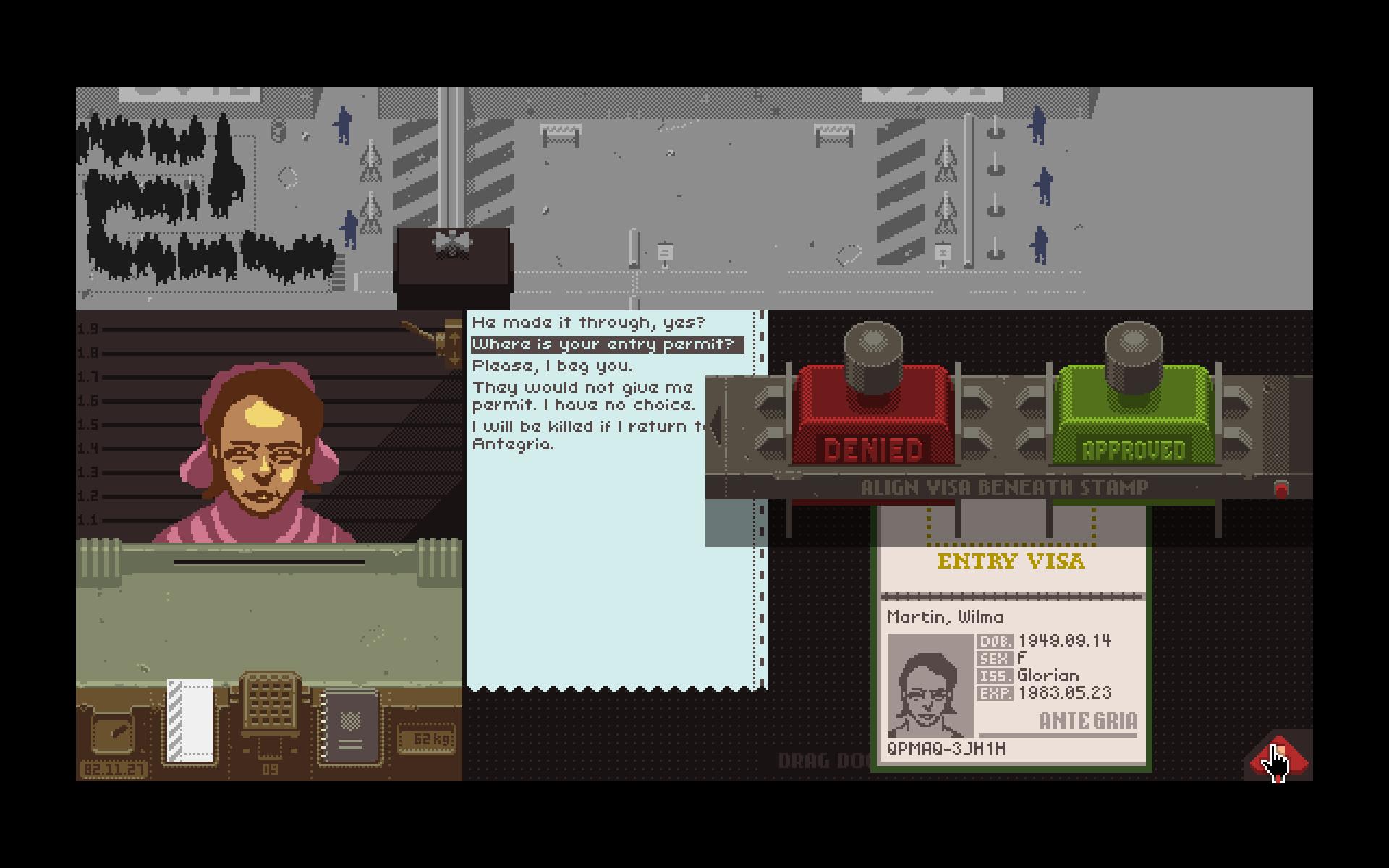overview
Since next week will be dedicated to developing your final project, this session will present ideation and brainstorming techniques for social imagination and worldbuilding. We will investigate how we can come up with new perspectives on over-arching narratives, and practice with short exercises.
summary
- intro
- intro
- homework review
- homework review
- prelude
- prelude
- social imagination
- social imagination
- brainstorming
- brainstorming
- diegetic interfaces
- diegetic interfaces
- outro
- outro
intro
design approaches
welcome
plan for the day
how do we stimulate our imagination? and how do we use interfaces expressively?
-> homework review
-> social imagination
-> brainstorming session
-> diegetic interfaces
homework review
responsive space
how did you allow the user to interact?
anything that was harder/easier than you thought?
prelude
tools for imagination
which aspect of the world did you choose?
which tools did you apply to it, with which success?
-> 2050: virus is everywhere, humans live in AI, complete dataspace, no virus
-> 2500/3000: AI decided that the person can buy some meat, which is very expensive. person has enhancement
-> 2070: no homeless because we can print houses, greater balance between rich and poor, do not buy a house, only apply for them (inversion of home ownership). easier to recycle the parts.
-> 2700: all buildings can be folded and unfolded, cities can migrate to the warmer or colder areas, adapt to places of needs. rather better world, more freedom, more exploration, while having a safe, cozy (rent-free!) home. futuristic nomadic culture.
social imagination
personal vs. social
how do you think personal and social imagination relate? how do they differ?
purpose is different, shared value goal, everyone can contribute to that goal
always starts with the individual
target/actors is/are different
mapping of one person to another person
mapping of multiple persons to multiple persons
what do you think it is? what is it good for? how does it manifest?
The most obvious is the center of the imagination: is it me, or is it others? And particularly, the agency that others have in that imagination: in the personal imagination, others do not have agency, they only act insofar as it satisfies us.
On the opposite, social imagination includes others in how they could reasonably act, react, or be satisfied with the state of things, which complicates matters quite a bit.
The common parts, though, is that imagination can be a fundamental aspect to betterment and improvement. By visualizing change does it become easier to manifest it.
utopias
utopias are places that do not exist, or not yet, or not permanently.

Utopias have been around ever since humankind existed, manifested in places such as the different versions of Paradise, Eden, El Dorado, Shangri-La, etc. The modern undersanding of Utopia comes from Thomas Moore's book called, well, Utopia (pictured here).
The point of the utopia is that it is not achievable per se, but it is a goal that can be set for humans to pursue. Furthermore, utopias aren't inherently absolutely good or bad. They are good or bad in relation to a particular ideal or paradigm. You can have hippie utopias, communist utopias, fascist utopias, religious utopias, etc. The point of the utopia is that they can help us project ourselves into a future we would like to see manifest.
new ways of living together
imagination sometimes succeeds, and sometimes fails, but is always almost at the origin of an endeavour.




The pictures featured are:
- Martin Luther King about to give a speech on racial peace starting with "I have a dream..." in 1968
- A picture from a soviet illustrated magazine Tekhnika Molodezhi in 1965
- Margaret Bourke-White, 1937
- Monsanto PR brochure about the fully plastic house, 1957
- Auroville
review of final project
imagine a world 500 years in the future.
imagine that you are tasked to set up an exhibition about how the world got to there.
build spaces, display exhibits and design interactions persuading and convincing us of how that reality is a possible future.
brainstorming
imagination in practice
some of these visions are still more or less convincing.
how can we kickstart a convincing world ourselves?
- techniques
- temporality
- quantity
techniques
short version:
- weighing
- splitting, combining
- ordering
- adding, removing
long version
- inversion (invert a relationship between actors)
- integration (integrate other areas into your area)
- extension (extend the domain of your area to other actors, other areas, other times, etc.)
- differentiation (separate your are into sub-areas, for different moments, different groups, different places, etc.)
- addition (add one aspect, such as a technology, a belief, a group, which would change the dynamic of your area)
- substraction (add one aspect, such as a technology, a belief, a group, which would change the dynamic of your area)
- translation (apply the characteristics of your area to another area, and think of how both of these areas could change as a result)
- grafting (include an aspect of an area into your area)
- exaggeration (dramatically change one aspect of your area, making something completely dominant, or completely disappear)
temporality
an important aspect of imagining worlds are the degrees of consequences:
- first-order
- second-order
- third-order
"science-fiction is not about inventing cars, it's about inventing traffic jams" -philip k. dick
first order consequences are immediate, there is an obvious link between your proposal and the impact that the proposal will have on the world.
second order consequences are focused on the unexpected, the corollary, the edge cases. what happens if everyone behaves the way you think all the time? is it still possible? does it scale? is there a situation in which it is impossible to live with or without your proposal?
third-order consequences deal with the remedies of the second-order consequences: how have individuals adjusted and coped? did they modify the original proposal? reject it completely? did they push further?
backtracking
from an ideal situation, how do you connect the dots back to today?
basics of ideation
from quantity to quality
from sketches to masterpiece
While there is a pervasive myth of the perfect artwork which was given by some higher power to the genius artist, the truth of the matter is that most great achievements start with large amounts of more-or-less satisfying sketches in order to identifying a couple of satisfying ones. Producing a lot of different ideas can help you weed out the good ones and the bad ones, and remove the potential block of not knowing where to start.
Additionally, as you start to map out the space of possibilities that you're covering, it becomes easier to highlight what are some of the blind spots you might be having: are you always using the same patterns? do you always have the same problems? In which case you can use some of the tools mentioned above to get out of a conceptual dead-end.
exercise
start from something you don't agree with about the current state of life/the world
come up with at least 10 different ways of how a world could change in that regard (how could it disappear? how could it be replaced? how could it be re-used? how would people react?)
think about some of the second and third order consequences for some of those ideas. include some backtracking.
it's not about quality, it's about quantity. we'll come back and share your least favorite idea, and your most favorite idea.
results
topic? least favorite idea? most favorite idea?
chris: bootstrapping can elevate the US citizen up the social ladder
- interpersonal assistance is banned <-
- US military
- UBI <-
- other means of subsisting than bs jobs
- no more social services
- formal caste system
enrique: food consumption
- exchange and trade
- everyone is vegetarian
- harvest is mandatory
- suppress the feeling of hunger, synthesize satiety <-
- money is geographically located <X-
- MAGIC! <-
- we don't need intestines, can digest anything
george: we have no future
- devolving into anarchy
- aliens show up <-
- climate crisis cuts down population
- hedonism, religious cults
- space colonization (abandonment mentality)
adam: economy of goods
- bacteria cuts down plastics
- keratine <-
- offer waste to space elevator
- severe rationing by the government
- everything is biodegradable
- everything is recyclable
- organisms are goods themselves
- use of non renewables is outlawed
- tax on non-renewable use
- organisms break down synthetic trash
- matrix
teddy: information posting and stock market
- synchronized information for everyone (public board)
- no-gender-stereotype education (we still need to pass information to next information)
yiru: mental health
- emotional rest room in the city as public infrastructure (share their story with AI or humans), take into account employee mental health for company
- ???
haoqi: man pregnancy
- implant fake uterus
- deforestation: policies require people to plant two trees per year
dorian: consumption and natural consumption
- all animals are reincarnated into humans, fight against humans
- price of food is a luxury, people move out of cities, etc.
wenye: price of housing
- destroy and rebuild after a war
- move to 4th dimension, don't need house anymore -> the world is more equal -> money loses meaning -> less private property
benoit: politicians are corrupted
- AI controls everything, decisions based on data, makes the right decision
- use random people / have one unique country, under same laws, language, belief -> no external competition
diegetic interfaces
implementing an idea
building a prototype can help you assess quickly if an idea seems to be an interesting way to explore.
unity's interface elements can be used for such a purpose.
Other design disciplines tend to use cardboard or paper to build prototypes, creative writing tends to use flashcards in order to quickly jot down the overall arc of the story they're thinking through.
In our case, we will use interface elements to simulate our 3D environment, using simple, built-in interactions in order to mimick how a rough version of our world would look like and behave.
non-diegetic vs. diegetic
whether or not an element (usually an interface or a sound) is part of
the fiction of the experience
the space of the experience



- non-diegetic: These elements don’t exist within the game’s fiction and geometry. But, it makes sense for the players in the real world in the context of viewing the game. For instance, the "menu" icon on the top left of the screen.
- diegetic: These elements exist within the game world (fiction and geometry). So, the player and avatar can interact with them through visual and audible means. They are things that could be found in the world and serve a UI purpose (such a backpack getting bigger indicating how much one can carry)
- spatial: It exists between diegetic and non-diegetic UI models presented in the game’s 3D space with or without being an entity of the actual game world. For instance, it could be a graffiti on a wall saying "Welcome to the game!"
- meta: these elements make sense in terms of the worlds fiction, but are not implemented spatially. For instance, having sunglasses which would never fall down from the avatar's face.
For instance, Far Cry 2 (Ubisoft, 2008), pictured here, is a good example of using diegetic elements for traditional menu functionalities (providing a map of the world and a means to communicate with other characters).
use cases
is diegetic always better?

Usually yes, because it maintains the integrity of the fourth wall and doesn't break for pointless (i.e. non-story driven) purposes. However, non-diegetic allows you to have "distance" to reflect upon the world that you're in, and therefore remember that you're looking at it as an outsider, instead of becoming too engaged with the tasks and world at hand, thus loosing perhaps some reflection on where you are and what you are doing.
outro
conclusion
imagination is often an essential means of reach a new social
one magical perfect idea rarely happens on the first try
the communication of your ideas can be either immersive or reflexive
homework
come up with an alternative worldview (possibly based on design exercise during class)
implement it exclusively through UI elements (no other gameobject than a flat plane as a ground, screen space UI and world space UI), in a roughly interactive digital collage.